25 steps to be a cool designer
25 steps to be a cool designer
Since few people [в Америке] can afford a college degree, I decided to create a simple 25 step program that you can follow to become the next Jony Ive. This will save you some money and you won’t have to worry about your project getting publicly criticized by other know-it-all students.
I assume you’ve never heard the word “kerning” and didn’t know that Tiffany made one particular shade (turquoise and bluish), like robin eggs, as their trademark. However, if something sounds elementary to you, do not hesitate to skip these steps, and move on to those that seem to suit you.
Let’s get started!
1. Observe
Put down your Wacom pen tablet, we’re not ready to go digital yet. The first step is to simply open your eyes to the design world.
He. Literally. Everywhere.
Why you hate this bigboard? Why this one a bottle of wine stands out on the shelf? Is this road sign in the right place?
The world is engrossed in design. The first step is to realize this.
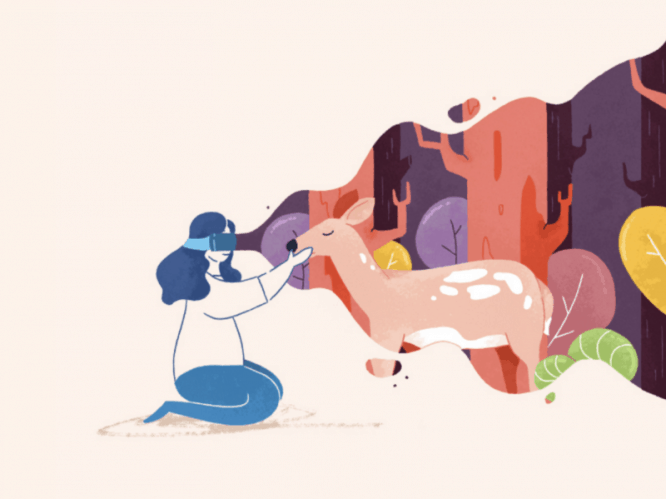 Posted by maryanne for Atlassian
Posted by maryanne for Atlassian2. Master the tool
Any instrument. Just pick one. Grumblers will say their instrument is better, but it really doesn’t matter. You can design whatever you want as soon as you are good enough. So just pick one tool.
Print this chart and then make a dart board out of it. Great, you have chosen a tool.
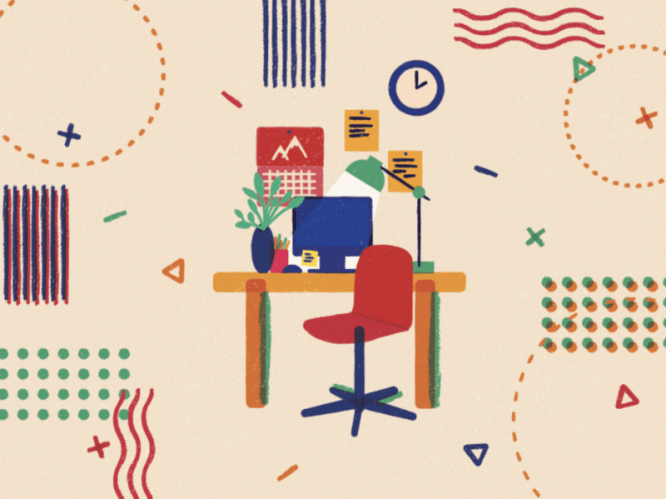 Author: Rachel He
Author: Rachel He3. Read
Textbooks. Courses. Design articles. Design discussions on Twitter.
Immerse yourself in the design culture. You may only understand 10% of what people are talking about, but you will start learning jargon. You will learn what is really important and what is not.
 Author: Dumitru Ochievschi
Author: Dumitru Ochievschi4. Copy something
I bet about 72% of all current designers started out by taking a tutorial on How to Make Burning Letters in Photoshop.
Learning from a textbook, or directly copying a design, relieves your brain of all kinds of additional pressure. Instead of trying to come up with a design and define colors, choose spacing, fill the project with dummy data, and master the tool, all you have to do is master the instrument…
It’s like learning how to cook a roast, but someone has already cut the ingredients for you, seasoned them, and heated the cauldron. Literally all you have to do is toss everything in there and not burn the dish.
Boom … you’re the chef!
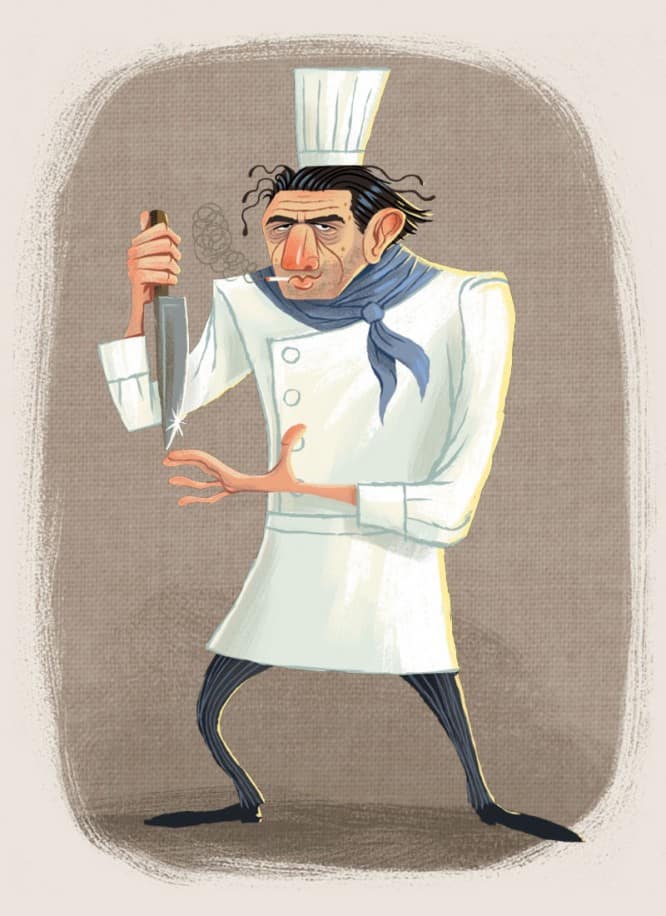 Author: Emrich Office
Author: Emrich Office5. Learn the tool better
Okay, you’re not a chef yet … that is, not a designer, but you’ve started to enjoy your chosen design tool.
Now become it’s better…
Learn keyboard shortcuts. Download plugins. Find auxiliary tools.
The world’s best designers could probably create a passable eyes-closed interface using only the keyboard.
Your design tool never shouldn’t be an obstacle.
6. Copy anything else
Take another lesson. Find anything else on Dribbble that you really like and try to recreate it. Try to expand on this. Can you emulate the style and add something of your own?
These are design workouts. You kind of look into a design machine and imitate muscular jocks. They do everything right, so learn from the professionals.
 Author: Strava
Author: Strava7. Focus on visuals
Indeed! All you need to worry about now is how to make something look good.
Don’t worry that the design you are proud of Todaywill seem terrible to you in a week or so. You are getting better. As my mentor Christian Beck said, “You haven’t finished designing until your first version looks like shit.”
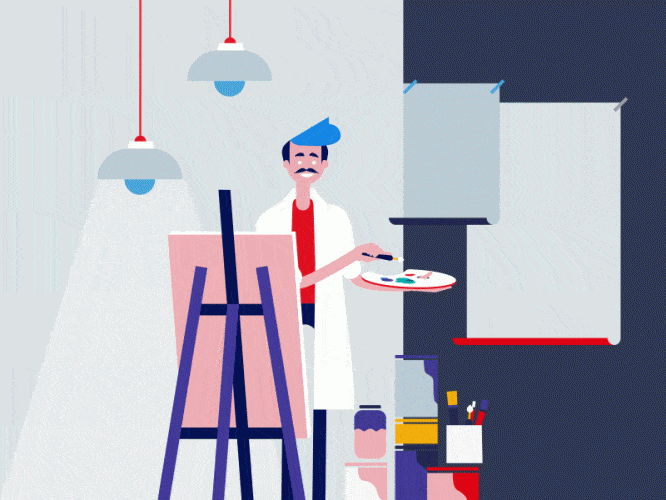 Author: Bianca Toloi
Author: Bianca Toloi8. Do * something * perfect
Choose individual everyday details during design and become insanely meticulousto do them every time ideally…
Be careful with your color palette. Align items perfectly to the grid. Make sure all objects perfectly centered…
You practice making designs consistent and consistent by eye.
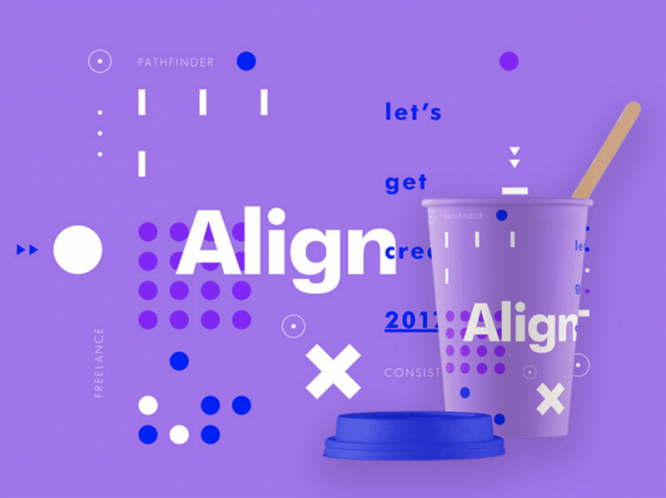 Author: Studio-JQ
Author: Studio-JQ9. Redo your early design
Redo your first tutorial, and the first design you copied from Dribbble.
Do it again.
You will be faster and more accurate this time, and the final product will definitely look better than your first try.
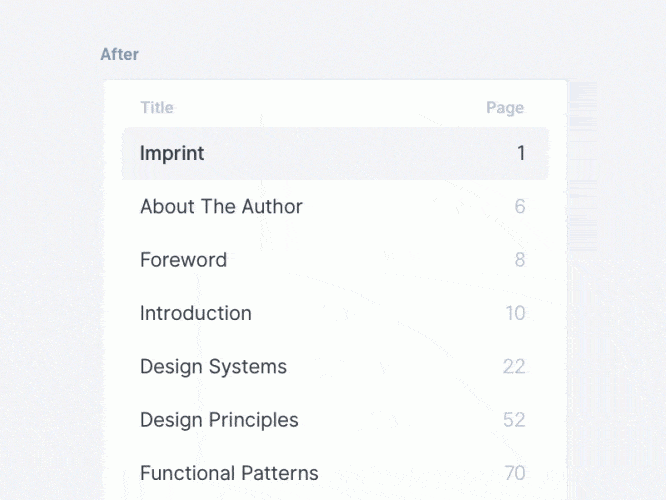 Author: Alex Suprun
Author: Alex Suprun10. Ask for feedback
You may not have shown your work to anyone yet, so now is the time. It can be very difficult to get feedback. At first, design criticism can feel like insults directed at your child.
Over time, you will realize that criticism is only needed in order to do something. it’s better…
Take a deep breath and ask for an honest assessment of your work. It will hurt, but remember that you are not your design…
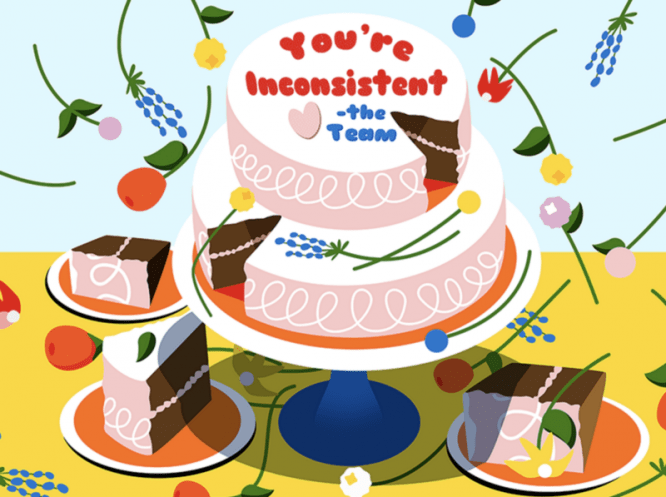 Author: Ashley Siebels
Author: Ashley Siebels11. Protect your design
Try this when you first get feedback on your design. You’ll learn pretty quickly that you don’t always know why designed something the way you did it.
Will never forget the first time my manager asked me why I used checkboxes instead of dropdown. My decision was correct, but I didn’t know why… The more you design, the more your encyclopedia of design logic becomes.
There are no trivial questions! I used to have difficulty choosing the color of buttons and had to defend my choice.
 Author: Alexandrov Alexandr for Fireart Studio
Author: Alexandrov Alexandr for Fireart Studio12. Learn from mistakes
Yes, yes, failure is the best teacher. We’ve heard this a thousand times.
But it really is.
You designed something wrong, but instead of getting upset, define the problem… Have you missed an important requirement? Forgot to give the text to the editor for proofreading? Didn’t get enough details beforehand?
There are many ways you can fail, but it’s hard to learn if you don’t know where it went wrong.
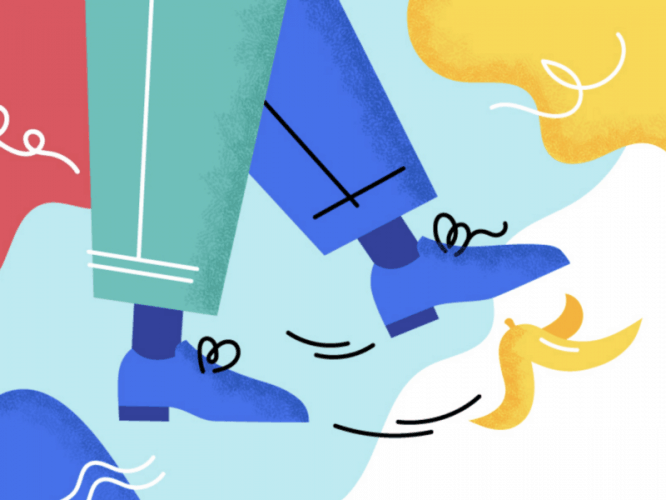 Author: Mary Kotyshova
Author: Mary Kotyshova13. Copy someone
You are probably pretty good at your design tool and enjoy your creative products.
Now try to copy someone else’s style. You will be surprised, because it seems to you that you do not know anything. Suddenly you are learning new methods again. You’re exploring how Meg Robichaud adds so much movement to his static illustrations, or how Pablo Stanley uses symbols so effectively in his art.
 Author: Meg
Author: Meg14. Find how to make the job easier.
Find ways to work faster, smarter, and more efficiently to remove design barriers and minimize brain work.
Simplifications can be anything from ready-made icon sets to full-featured design systems.
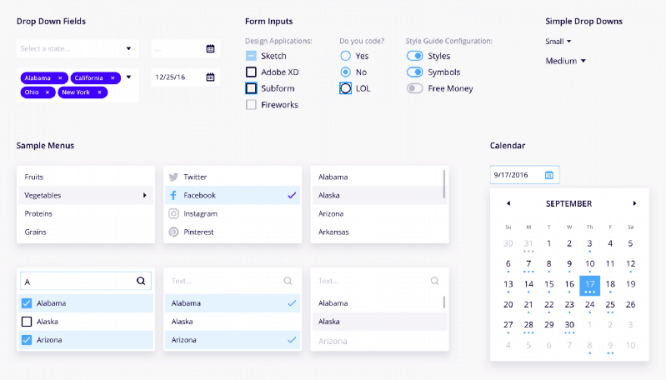
15. Reuse design
If your design has been successful, understand why and reuse it. You don’t have to literally duplicate the design file, but if something worked, there is no reason to reinvent the wheel (assuming there is no legal conflict of interest …).
After you design a couple of thousand screens for different products, you will see that in principle they are similar. Identify design patterns and know when to use them.
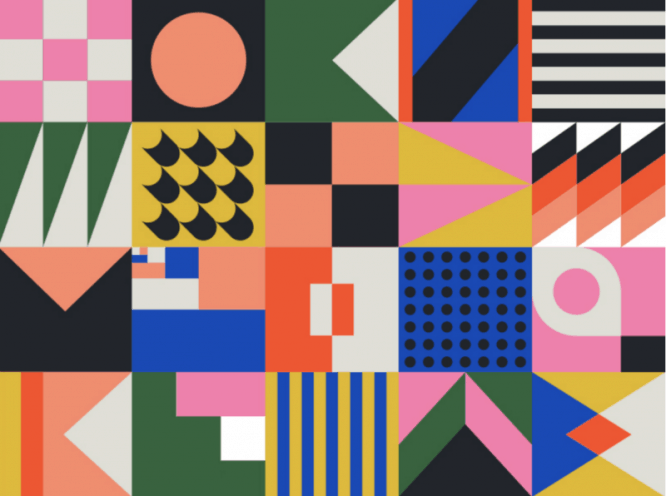 Author: Steve Wolf
Author: Steve Wolf16. Focus on the user
It seems crazy to mention a user in a 25-step program, but so far you have improved your design skills… Now it’s time to apply your problem solving skillsby focusing on users and solving their problems correctly.
You will become familiar with many UX techniques, but users are so different from each other that you will spend your entire career trying to understand them.
This helps you focus on solving one specific problem. It could be as small as designing a password change script, but once you put yourself in the shoes of users, you really start to understand how they work.
 Author: TheGreenHorse
Author: TheGreenHorse17. Watch someone present their work
Most of all I love to look at people. Bad examples – entertaining … but good ones? Good ones – inspire…
Watching someone completely take over an audience that is eager to see and hear what comes next … it’s amazing. You can almost feel the breeze of anticipation swirling over the conference table.
Hear how they speak. How they pause. See how they move and where they stand. Memorize their stories. Their jokes. How they organized the performance.
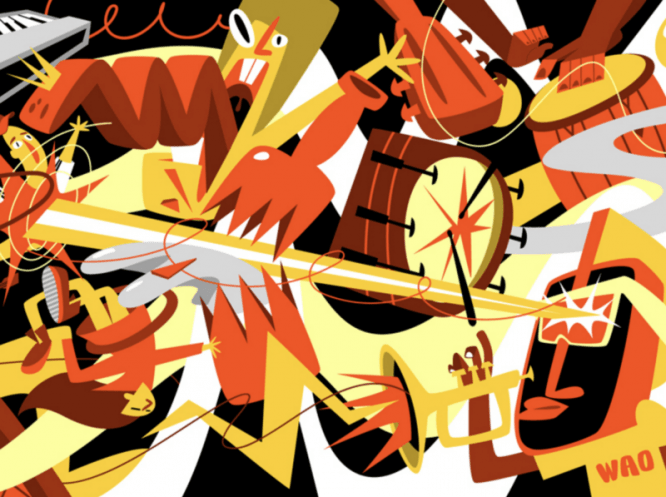 Author: Aqualoopa
Author: Aqualoopa18. Watch someone present your work
It’s a strange feeling because it’s like others are getting all the gratitude for your hard work. But remember you are not your design.
Take notes on how they present your design and compare to how you would present it. Are there many differences? What can you learn from them?
 Author: Michele Rosenthal
Author: Michele Rosenthal19. Present your work to your design team
Before you’re ready to put on a show in front of a real client, practice presenting the work to your design team. It’s a “safe place” and they’ll be able to give you great reviews.
They’ll also be smarter than the client when it comes to parsing your design, so the questions they ask will help strengthen your presentation, rationale, and defense.
20. Present your work to a client or stakeholder
It took about 8 months before my design manager allowed me to present the project to a client. I was terribly nervous.
But I was good. Not because I’m some kind of presentation genius … I was just highlywell prepared. I had a lot of practice, my design was pattern-based, and every part of my solution was deliberate and thoughtful.
21. Present your work to another stakeholder
So, imagine you present your design to a client and everything goes smoothly. And you even drank beer after work to celebrate.
But then the client wants you to submit the project to the new CMO. Or a new head of sales.
This is a completely different level when you need to show your presentation to someone who can completely nothing not knowing about the problem, the users or, well … what your name is.
22. Present someone else’s work
This stage is not accidental at the end of our program, because it takes some serious skill to present someone else’s work.
Not only do you need to fully understand the design that you did not create, but also protect himeven if you do not agree where this junior designer placed the main action button.
So just say, “I would have done it differently, because …”
Now imagine how this sounds to the client.
 Author: Bene
Author: Bene23. Give Feedback
You will give a lot of feedback at the 23rd stage of our program, but it happens, as goodfeedback and bad…
Poor feedback can ruin the design and force the host designer to hunt for chimeras.
 Author: Jenny Speirs
Author: Jenny Speirs24. Focus on value
Your designs look beautiful and they solve user problems.
Okay, right?
Yes, of course!
But don’t forget about businessthat you serve.
Depending on the situation, a limited design can be as valuable to the client as a complete project.
At this point in the program, you start looking at pixels as a delivery vehicle for business value, not just pretty pictures.
25. Write about design
I cannot say how much I learned about design from writing articles. When you need to disassemble a process so others can understand it, your knowledge of the topic becomes deeper…
Not everything has to be pretentious philosophical. It is also helpful to write a manual that breaks down a design or process into very simple theses that other designers (of all levels) understand.
Try this sometime. You might even like it!
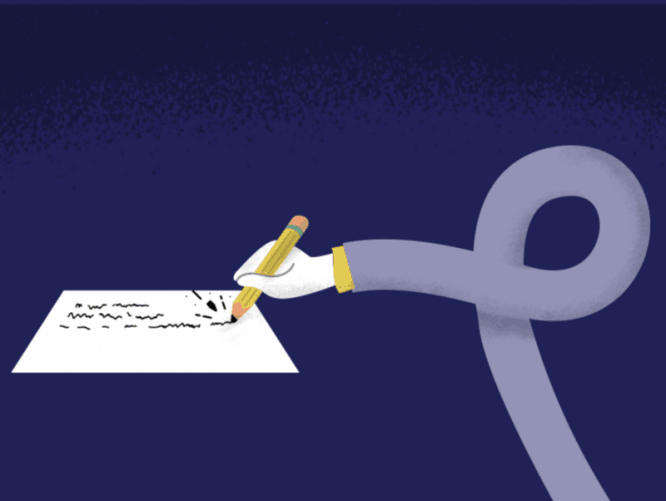 Author: Tea Tom
Author: Tea TomWhen I’m not philosophizing, I work on Sketch design tools in UXPower Toolsto make you a better, more efficient designer.
Source: sketchapp.me
…
